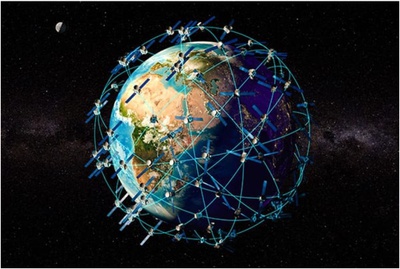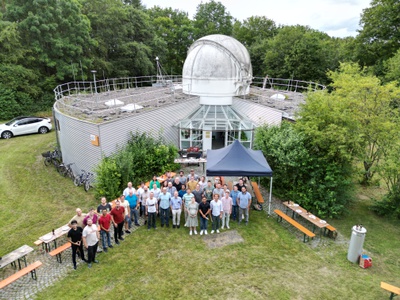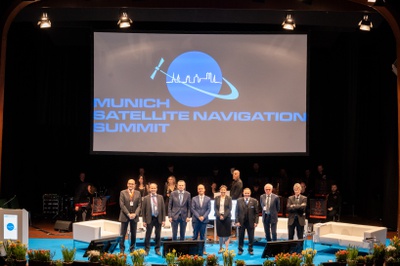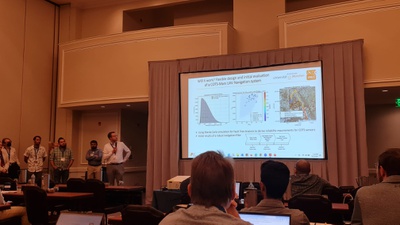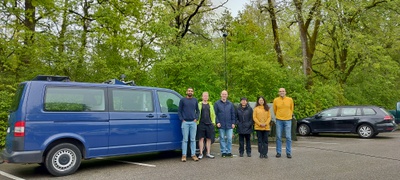
Paper-Clip Antenna
7 March 2022
Ever imagined that a small paper clip can acquire a GNSS signal, which actually is useful? We have an answer for you. At ISTA we have developed a Paper Clip Antenna capable of GNSS Positioning!
It is not over-estimated to say that the quality of the GNSS antenna plays an important role in the positioning output of any GNSS engine. A poor GNSS antenna can pull down the positioning capabilities of any high-end GNSS receiver software. In recent years, an intensive amount of research was carried out to understand and enhance the positioning accuracy of location-based devices (smartphones), which has provided sufficient evidence that the Smartphone GNSS antenna is the major bottleneck in achieving higher accuracy positioning solutions with the smartphone. But due to the limited access to the antenna and the GNSS chip, it is quite difficult to understand the design limitation of such cheap GNSS antennas.

At the Institute of Space Technology and Space Applications, we want to investigate these limiting factors and want to understand the whole chain starting for the reception of the signal in space (SIS) till the output PVT of the receiver software. In order to accomplish this task, the first major task was to build a Do-it-yourself(DIY) antenna that is capable of logging GNSS signals. The Paper-Clip antenna shows quite a remarkable typical (highest) C/N0 of about 50~dBHz. The paper-clip antenna developed at the institute was able to acquire L1/E1 signal with promising position results.

In the future, with the availability of Galileo High Accuracy Service which will provide free of charge high accuracy Precise Point Positioning (PPP) correction through the Galileo Signal (E6-B), our aim is to acquire the Signal with such a Paper-Clip Antenna and perform the PPP positioning analysis.

